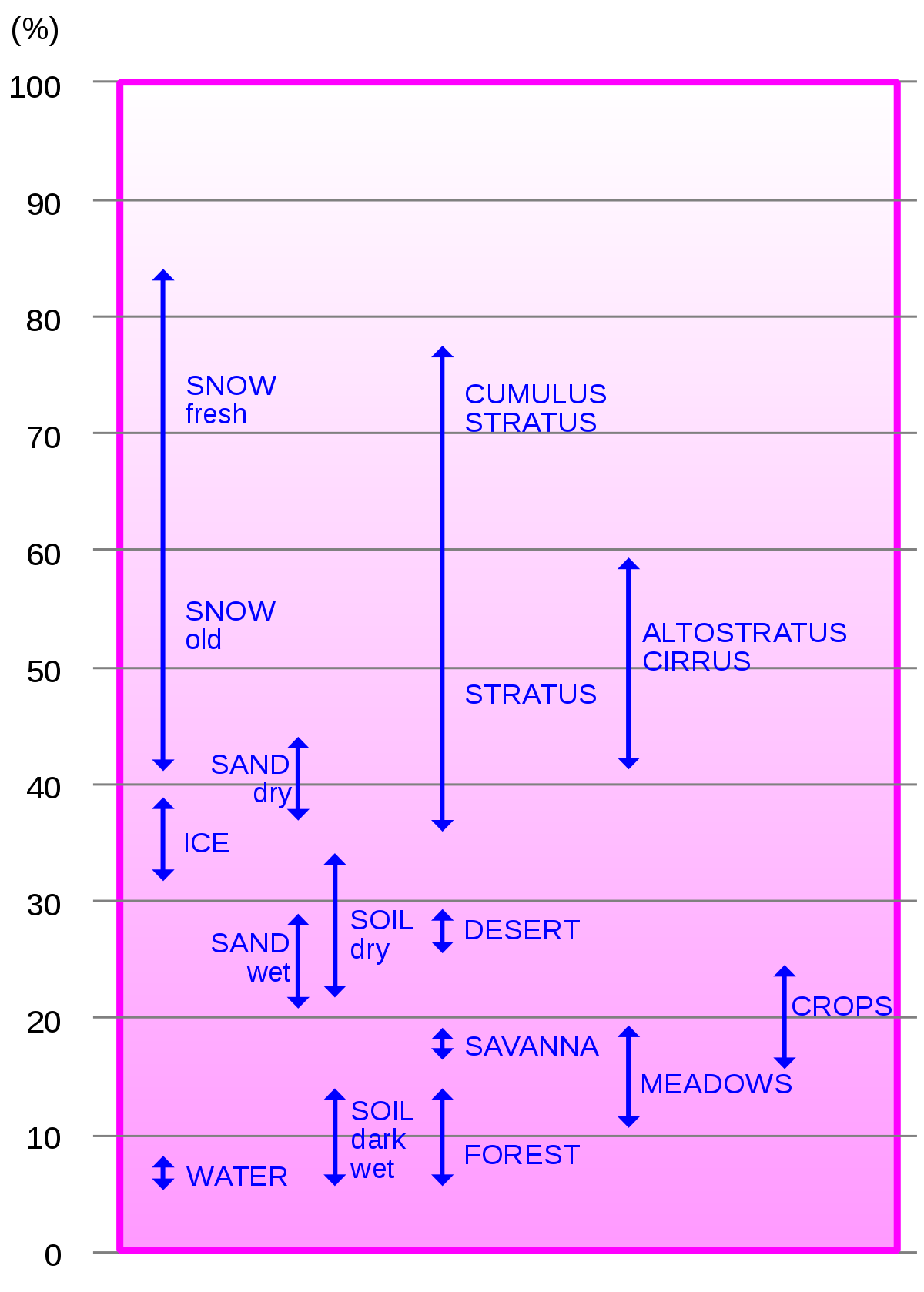Norbert
TSLA will win
If you want an understandable demonstration in your garage this winter.
Experiment 1:
Put a radiative heater facing down.
Turn on heater on high for 6 hours.
Turn off heater.
Place a thermometer on the garage floor and measure the temp.
Experiment 2:
Put a radiative heater facing down.
Put a folding table between the heater and the floor (so it absorbs and radiates heat while shielding the floor from heating, just like a solar panel).
Turn on heater on high for 6 hours.
Turn off heater.
Place a thermometer on the garage floor and measure the temp.
In Exp.2 I'd expect the garage to be warmer after the heater is turned off because the garage floor retains more heat.
In Exp.1 I'd expect the garage to be warmer before the heater is turned off, because less heat is lost to the garage floor.
That is consistent with my earlier interpretation of your point, and would mean that the solar panel results in higher temperatures during the day (assuming a scenario where it it is located directly above ground with airflow in between).
I thought maybe I make a list of some heat effects sorted by relevance:
1. Heat effect caused by CO2 trapping heat on the planet, caused by CO2 from burning fossil fuel. (Significant)
2. Heat effect from CO2 caused by manufacturing lots of solar panels. (Much much less significant, even less so if using renewable energy)
3. Heat effect from the additional heat directly caused by the inefficiency of burning fossil fuel in power plants or cars. (Insignificant)
4. Heat effect from the sunlight absorbtion of lots of solar panels. (Very insignicant)
5. Stuff that we have been discussing, excluding (3.), since it was excluded in the original post. (Completely insignificant)




